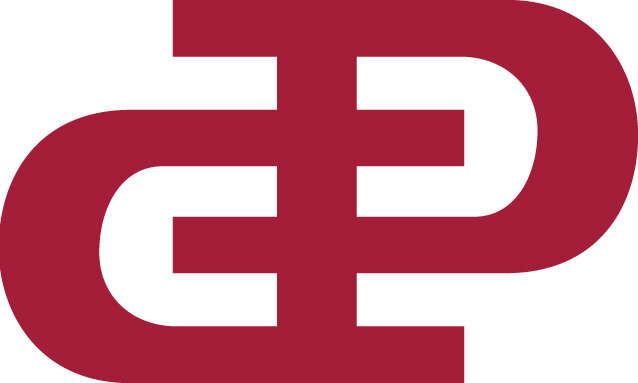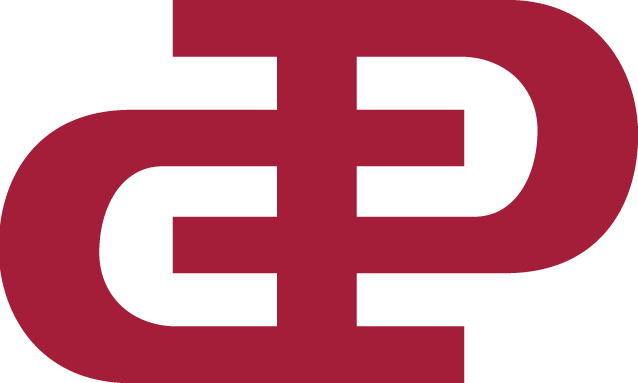Value Proposition—One Size Fits All?
Larry Goddard
Strategy, Growth, Family Business & Turnaround Advisor & Executive Coach
“Me-too” products—that do not offer anything appreciably different than the rest of the pack—seldom result in market-beating sales performance. On the other hand, products that offer meaningful differentiation (a.k.a—a compelling Value Proposition) can make all the difference in turbocharging the top line.
Salespeople who are sent into action with a weak value proposition are being put in a difficult position. It is an uphill task if the prospect struggles to see any measurable difference from the last 5 salespeople who have pitched her. This will force the salesperson to draw on reserves of selling skills, personality and relationships to save the day, without any help from the product itself. This is not a major problem if salespeople are asked to rise to the occasion occasionally—but the salesperson’s effectiveness will erode rapidly if a compelling Value Proposition is never available to support his efforts.
Generally, there are two different kinds of Value Proposition—Product and Non-Product. Product Value Proposition occurs when the product itself is superior products that do more; produce better results; are more flexible or versatile; are easier or more economical to use; last longer; requires less maintenance; are more aesthetically pleasing; or engenders panache or status. Non-Product Value Proposition occurs when something offered by the seller, that is unrelated to the product itself, is superior—lower cost; better service; better terms or conditions; more convenience; or less complexity.
Many businesses tend to overstate the value they bring to their customers. It is easy to say you offer better service—or that doing business with you is easier—but it is a lot harder to be sure that customers see your value in the same way. Businesses that regularly poll their customers to assess their perception of the company’s value generally have a much more realistic perception of the true value they deliver. In addition, this independently validated assessment invariably leads to the realization and commitment that the value proposition needs to be enhanced.
Companies that enjoy a compelling Value Proposition are fortunate—although most had to work hard to generate their good fortune. Resting on Value Proposition laurels, however, can be dangerous: customers’ needs, tastes and technology change—and competitors have a nasty habit of catching up or, worse, surging ahead in the value they deliver. So, companies have to be constantly striving to improve their value—and be vigilant to changes in external conditions and competitor activities.
While having a compelling Value Proposition is essential beauty is in the eye of the beholder. Even customers that look very similar will likely value different things—and put different priorities on components of value. One customer might place quality and longevity as their highest priority while another might be more attracted to the machine’s versatility—because they offer more custom products. Groups of customers might also view value differently—distributors will invariably value different things than OEMs. Customers in the aerospace industry might see value differently from healthcare customers. Internet customers might be different from retail customers.
This means that companies cannot rely on a standard Value Proposition for all customers and prospects. To be truly effective, the Value Proposition must be adapted and molded to the needs and wants of specific customers. This requires extensive market research to understand the likely needs and wants of different customers and groups. In addition, salespeople need training to ask prospects appropriate questions—to learn what is important to them.
Ultimately, a Value Proposition Matrix is needed—which reflects all of the possible items of value the company can deliver. Using market research and strategic questioning, the salesperson can then determine which items of value to emphasize with customers or groups.
Clearly, this takes a lot more effort than the more traditional approach of having a standard elevator pitch for all customers, or worse, expecting the salesperson to figure this all out for herself—and draw on her own skills—when the Value Proposition is less than compelling. However, businesses that understand the importance of a compelling Value Proposition—and make the investment to ensure that they can deliver real value that customers truly appreciate (and have salespeople who know how to adapt the Value Proposition to the audience)—will usually reap significant rewards, in the form of superior sales performance.
Larry Goddard is a Principal and Management Consulting Practice Leader at BDO USA LLP. The opinions expressed are my own and do not necessarily represent the views of BDO USA, LLP
LinkedIn Article:
https://www.linkedin.com/pulse/value-propositionone-size-fits-all-larry-goddard/

